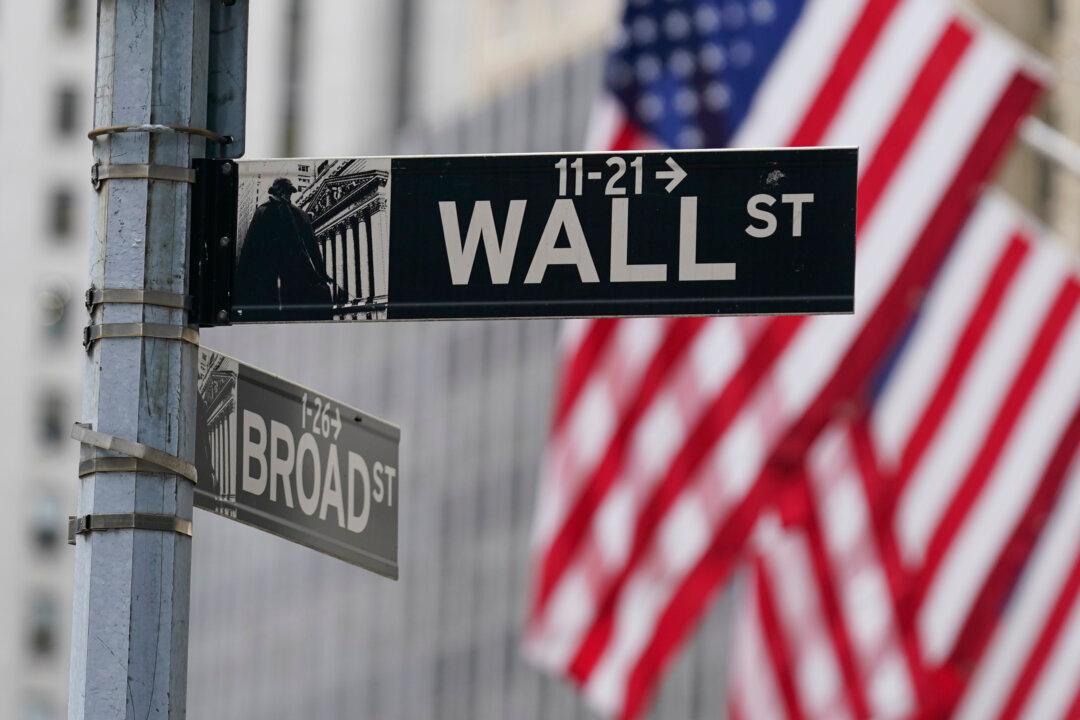The major U.S. banks are set to report the biggest jump in loan losses since the COVID-19 pandemic, as rising interest rates put mounting pressure on borrowers across the country.
America’s top lenders are expected to release their second quarterly earnings reports this week, with JPMorgan, Wells Fargo, Citigroup, and BlackRock releasing theirs on July 14.





